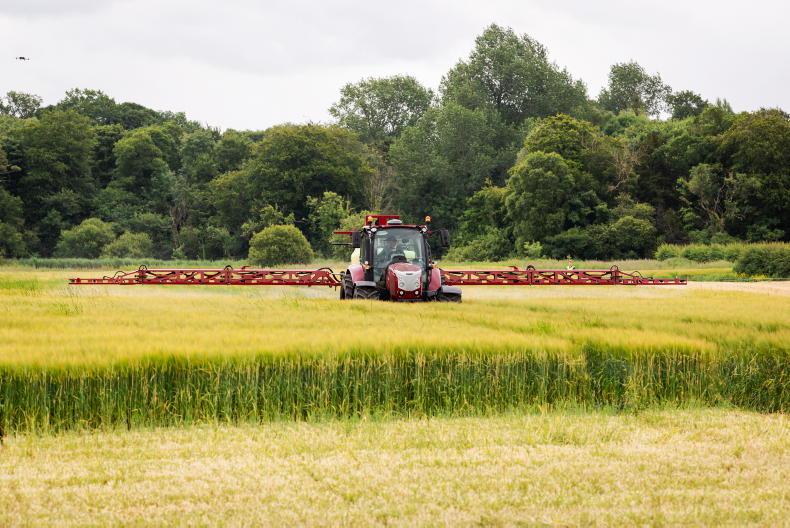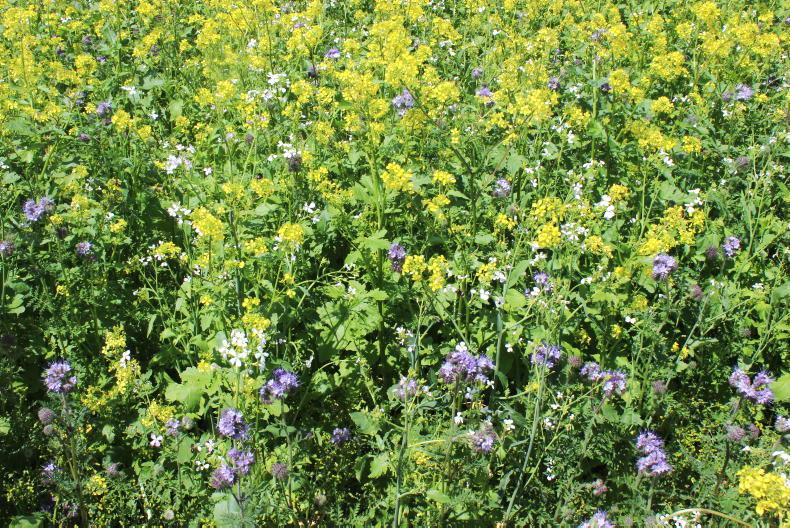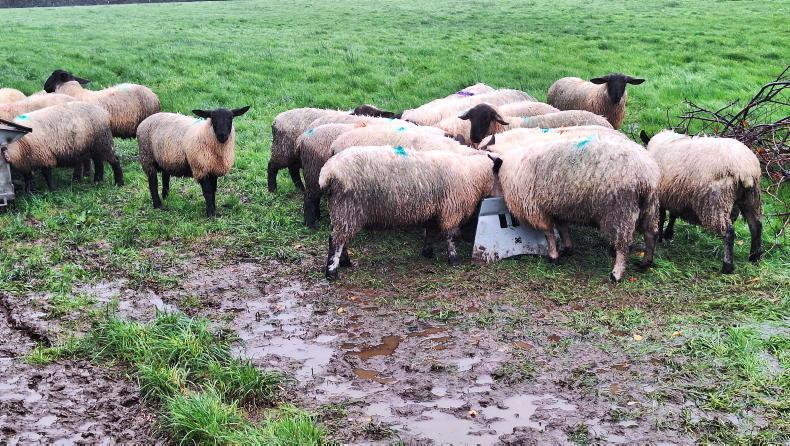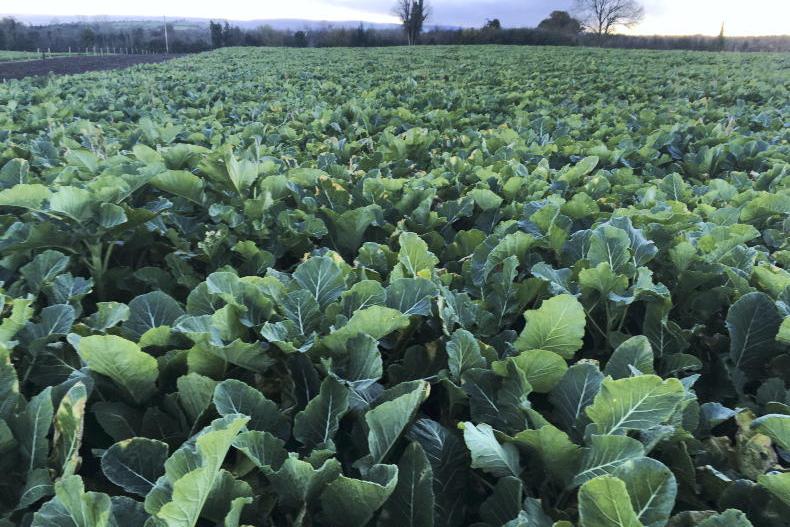As you plant forage crops for grazing, whether that be beet or kale in the coming weeks or crops like forage rape and stubble turnips after the cereal harvest, they will all require buffer zones and a lieback area to comply with new CAP rules.
These rules have not been welcomed by many, as there is a fear that they will result in less forage crops being planted for grazing and are a backwards step in sustainable farming practices and integration between the livestock and tillage sectors.
However, the rules are in now and, after many changes last season, are unlikely to be changed again anytime soon.
Lieback area
Where animals are grazing they will need access to a lieback area, which can be stubble or grass.
If you plan 7ac of a forage crop, then you need 3ac of a lie-back. This lieback needs to have been cultivated if it is in stubbles to regenerate a green cover.
Buffer zones
A buffer zone of 3m is required around the entire parcel where the catch crop is grown. This buffer needs to be 3m in width from the field boundary, which may be a ditch, a road, a fence, etc.
These buffers do not need to be fenced but cannot contain any forage crops. If there is a watercourse on the farm, then the buffer needs to be 4m.
If the livestock stocking rate on the farm is greater than 170kg N/ha, then you need to fence stock back at 1.5m.
Co-operation
Grazing cover crops is not as simple as it used to be.
If you want to graze cover crops in the wintertime, you should approach farmers early so that when they are planting catch crops they will know to leave buffers and a lieback area.
If this hasn’t been left, then you won’t be able to graze those covers.
6m lieback
On late-harvested crops there is a requirement to leave a 6m buffer from a watercourse under nitrates regulations.
Farmers planting beet or maize should be aware of this.
If you plant to graze the beet, then you should be leaving a 6m buffer rather than a 4m buffer from the watercourse.










SHARING OPTIONS